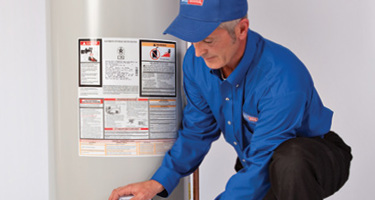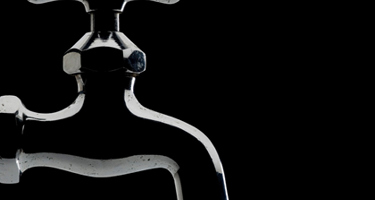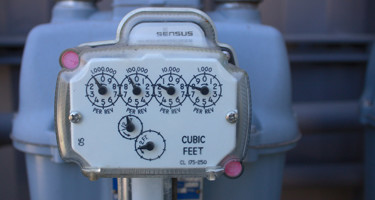
The sewer line is a vital component of your plumbing system, serving to carry wastewater away from every drain, fixture, and appliance in your home. This pipe, which lies buried under the soil of your yard, can last anywhere from 50-100 years or more, depending on the material from which the pipe is made and the conditions under which it is used. As a homeowner, it’s important to understand the factors that affect the amount of wear and tear your sewer line incurs, as well as what to expect when it reaches the end of its life cycle and how your Portland plumber can use trenchless repiping to replace it.
Sewer Line Materials and Life Expectancy
Existing home sewer lines are likely made from one of three materials. Prior to 1980, clay pipes were common among new construction. PVC piping came into widespread use during the 1970s, and has been the go-to material for new sewer lines since the 1980s. Between 1860 and 1970, however, another type of material was common in home sewer lines: Orangeburg pipe. Orangeburg pipe is constructed from several layers of wood pulp and pitch. It is the shortest-lived sewer line material, with a life expectancy of 30-50 years. Clay pipes typically last between 50-60 years, while PVC pipes are expected to last 100 years before requiring replacement.
Challenges Your Sewer Line Faces
During its lifetime, your sewer line faces many potential challenges. First, the weight of the soil above the pipe can change due to drought or compaction from buildings or parked vehicles above the line. If the weight of the soil becomes too great, it can cause the pipe to collapse; if the soil shifts due to drought or erosion, the pipe may become dislocated, allowing wastewater to leak into your yard. Tree roots can also pose a serious threat to sewer line integrity—when tree roots encounter a sewer pipe, they can easily breach even the toughest material and grow up into the pipe, causing a blockage. Sewer line wear and tear can also occur more quickly than expected due to overuse or misuse of your home’s plumbing system. Food debris, garbage, and grease, fat, and soap scum can build up inside the sewer line over time, reducing its functional volume and putting your home at risk for a sewer clog or backup.
Replacing the Sewer Line
If your sewer line has been too severely damaged or aged too much for repair to effectively solve the issue you’re facing, sewer line replacement is the best solution. Trenchless repiping is the simplest way to replace a sewer line. During this service, your plumber will dig a hole at each end of your sewer line, then pull a machine through the existing line. The machine simultaneously destroys the existing line and leaves a new sewer line behind in its place, eliminating the need to dig up your yard to remove the old sewer line or lay the new pipe. The new pipe, which cures in place, is durable and long-lasting, while the small holes required to facilitate the trenchless repiping process can be easily refilled to leave no lasting sign on your property.
If you’re experiencing sewer line problems, we are pleased to offer trenchless repiping to eliminate property damage and reduce the time associated with sewer line replacement. You can reach a plumber via our website for help at any time, or find additional information about sewer line repair and replacement in our blog library.






